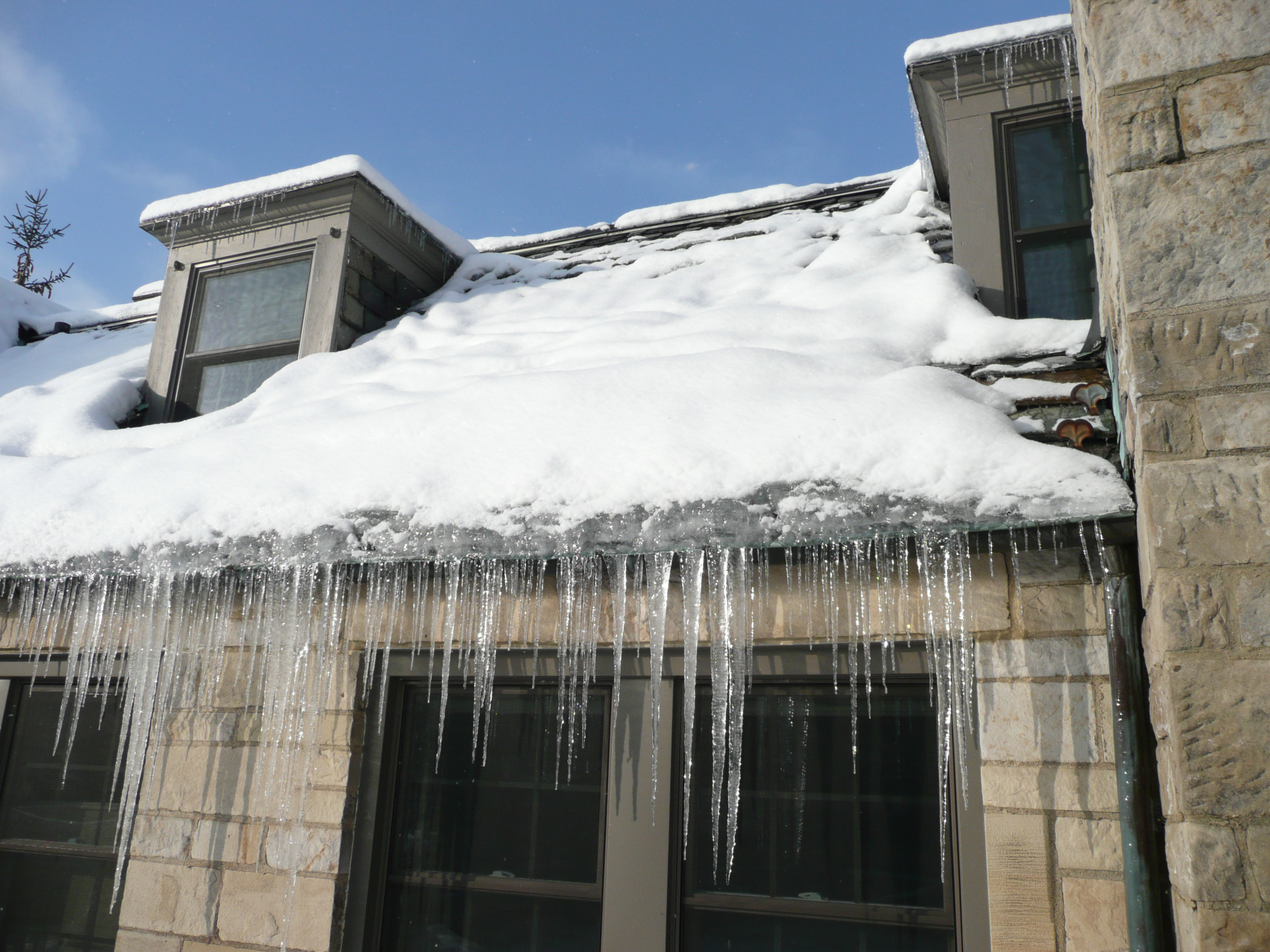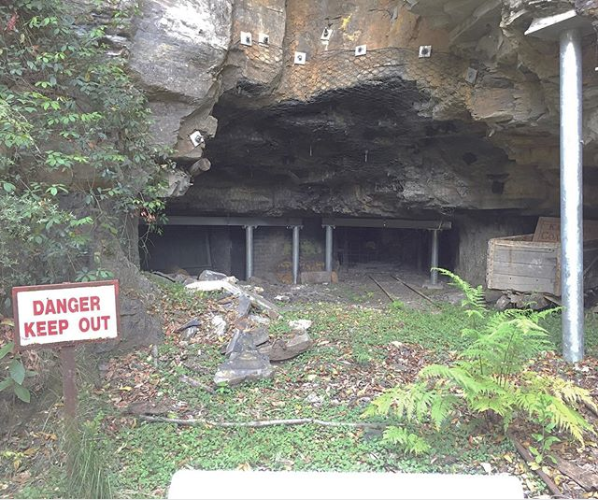via Instagram https://www.instagram.com/p/B5g3aEYlqKW/
My personal glimpse into the first half of the 21st Century for some yet to be known future
Saturday, November 30, 2019
#SuperbParrot just posing in the #BlueMountainBushwalk @ #TarongaZoo #tarongazoosydney #sydney #sydneyaustralia #australia #zoo #bird #parrot #green
via Instagram https://www.instagram.com/p/B5g3aEYlqKW/
Friday, November 29, 2019
Thursday, November 28, 2019
Knickknacks for the kitchen
via Instagram https://www.instagram.com/p/B5bi6C7FE9C/
Location:
Leura NSW 2780, Australia
Wednesday, November 27, 2019
Made our way to #SydneyOperaHouse via the roundabout way of #TheRoyalBotanicGardens of #sydney🇦🇺 #sydney #sydneyaustrailia #sydneyharbour #australia

via Instagram https://www.instagram.com/p/B5W3CzhldGk/
Tuesday, November 26, 2019
Sunday, November 24, 2019
#Broccoflower @ the #FarmersMarket #burlingame #burlingameca #california #sanfranciscopenninsula #eatyourgreens #westcoast #burlingamecalifornia
via Instagram https://www.instagram.com/p/B5Qwnm8FKhB/
Labels:
Daily Life,
Photo
Location:
Burlingame, CA, USA
Thursday, November 07, 2019
Wednesday, November 06, 2019
Decide My Quest 1: The Ice Dragon and the Blue Rose [Instagram - June 14, 2012]
Book I just published in digital format - Decide My Quest 1: The Ice Dragon and the Blue Rose on Amazon.com.
Tuesday, November 05, 2019
Am I on that grizzly bear's menu? [June 6, 2012]
There's not a lot keeping that bear from me. The animal enclosures at Northwest Trek Wildlife Park are amazing!
Monday, November 04, 2019
So, you moved from a cushy climate to a region with significant snow and this is your first real winter?
Moving from a climate where it never snows to a climate with a lot of snow can be daunting, particularly for your first year of home ownership in such a region. Snow isn't bad. It just requires a certain level of awareness and skill to deal with it. This article isn't meant for someone who's lived in snowy areas for a while. It is meant for snow first-timers (and even second-timers too). This article is just a starting point. The following suggestions are just opinion. Each person is response to make sure they are always acting in a safe manner regardless to any opinions expressed in this or any article.
 Owning a home, where you have to manage snow on your own, presents a list of problems that need solutions. For example, if you have a driveway and sidewalks, you are responsible for keeping those clear of snow, no matter how often it falls or how much accumulates. These problems require various tools for their solutions. Not all of us can have our own personal "Mr. Plow".
Owning a home, where you have to manage snow on your own, presents a list of problems that need solutions. For example, if you have a driveway and sidewalks, you are responsible for keeping those clear of snow, no matter how often it falls or how much accumulates. These problems require various tools for their solutions. Not all of us can have our own personal "Mr. Plow".As someone who moved from the West Coast to New England, I quickly learned what was needed. New England is particularly rough in Winter. I researched the potential problems and solutions. I will share my experiences by suggesting tools that I found to be helpful for dealing with snow seasons. I will focus on what I found to be successful, and not dwell too much on failed or ineffective methods. (Please see my FTC 16 CRF Part 255 notice in the right pane in reference to any affiliate links found this article. All affiliate links are incidental and were not used to determine the main content of this article.)
Snow Removal - Ground Level
There are various tiers of equipment that can move snow around, from a snow blower to a simple shovel. However, a snow blower is typically overkill for most snowy days, and useless for the worse of days. Also, it wouldn't be a good idea to use snow blowers on certain surfaces, such as a wood deck. Snow blowers are most efficient for a particular amount of snow accumulation, or if you have a particularly large property. For homes that I've owned, I never found snow blowers to be necessary. To clear driveways and sidewalks, a shovel with a little elbow grease is typically the most versatile solution. There are a lot of options for shovels. First, don't use a shovel that isn't specifically designed for snow shovelling. Using the wrong type of shovel will make your job a lot harder than it needs to be. Second, I don't recommend using a metal snow shovel. You may be tempted to think that metal is more reliable, but it's actually the less effective option in my experience.
First, don't use a shovel that isn't specifically designed for snow shovelling. Using the wrong type of shovel will make your job a lot harder than it needs to be. Second, I don't recommend using a metal snow shovel. You may be tempted to think that metal is more reliable, but it's actually the less effective option in my experience.Snow Removal - Roof
 Some regions with a lot of snow, such as Denver, don't keep the snow around very long. So, although you may need to shovel throughout the season, that's about it. However, New England is different. Snow hangs around all Winter. That's a problem for roofs. As snow sits on your roof, the heat from your home will partially melt it from the bottom, and that melted snow freezes back into hard ice. This forms something called ice dams.
Some regions with a lot of snow, such as Denver, don't keep the snow around very long. So, although you may need to shovel throughout the season, that's about it. However, New England is different. Snow hangs around all Winter. That's a problem for roofs. As snow sits on your roof, the heat from your home will partially melt it from the bottom, and that melted snow freezes back into hard ice. This forms something called ice dams.Exterior signs of ice dams are icicles. Interior signs of ice dams are leaks from the roof onto your ceiling and into your home. To avoid the formation of ice dams, snow should be removed from the lowest 3 to 6 feet of your roof, above the gutter. This is where ice dams will typically form, so removal of snow from this area is important. The tool I used to remove rooftop snow was the roof rake. The roof rake I used was the 21-foot Garelick. However, newer products may be better. Be sure to check customer reviews for current products that may be better.
There are powered or chemical options too. Every circumstance is different, so these passive options may be necessary for various reasons.
Ice on the ground
To remove ice on the ground or not? That's a question you'll have to answer for yourself. Arguments can be made as the necessity of ice removal, or not. For me, safety is a concern. Removal of ice from paths and driveways creates the safest scenario. Slipping on ice is dangerous and very unpleasant. If you quickly remove snow, you can avoid most ice accumulation on walkable/drivable areas. However, sometimes ice will just form on your paved areas regardless to the preventative actions you take. Oh, don't be tempted to take shortcuts, like hot water. Hot water doesn't stay hot for long when poured onto frozen ground. You'll likely just end up making more ice.
Oh, don't be tempted to take shortcuts, like hot water. Hot water doesn't stay hot for long when poured onto frozen ground. You'll likely just end up making more ice.Can you preemptively apply salt or other chemicals before snowfall? Sure. In light to moderate conditions, this will work well. However, if 3 feet of snow falls overnight, don't expect a clear walkway when you wake up. Expect 3 feet deep snow with a crusty layer at the bottom.
Your Car
Even if you park your car in a garage or carport, you'll still likely need to drive it at some point during a snowy day.You'll need methods to remove snow and ice from your car's windows, hood and roof. Window scrapers are necessary, even if you have a fancy windshield cover. Keep at least one window scraper in your car at all times during late fall to early spring.
Driving in bad conditions
Now, when it comes to actually driving in bad conditions, different cars have different requirements.If you have a front wheel drive (FWD) car, your car is not well-balanced between front and back, but your car's heaviest point (the engine) is solidly over your drive wheels. This means you'll be less likely to lose traction in bad conditions *IF* you know how to handle your car in those conditions. The problem is that many FWD drivers operate their car in the same fashion as if it was a rear wheel drive car. This means the car can get squirrely, even when driving fairly straight. I'm not going to go into driving basics, but do your research and learn as much as you can about the correct way to drive with a FWD car in bad conditions.

I remember several occasions in bad conditions where other cars (both rear and front wheel drive) spun-out around me while I was able to drive without any significant trouble.
All wheel drive (AWD) is better. AWD cars don't have the limitations of RWD and FWD cars. However, that doesn't mean you don't have to be careful. If you hit ice (particularly when going downhill or at the wrong speed), your car's wheel configuration won't matter that much. Always use caution when driving in bad conditions. Better yet, don't drive in bad conditions, if possible.
Snow Tires
Regardless to your car's drive type, consider getting a full set of snow tires if you live in New England or similar climates. I found Blizzak snow tires to be very reliable for my needs. For ease of use, I purchased a whole separate set of rims just for my snow tires. Since I had my snow tires mounted on their own rims, tire shops or the dealer usually switched out my tires from all-season to snow tires (and back again) for free as part of routine checks or tire rotations.In Denver, snow tires don't seem necessary since snow doesn't hang around for very long. Research to see if snow tires are recommended for your area before making the investment.
Snow Boots

Snow boots will allow you to do all the stuff previously mentioned in this article, like shovelling snow. Seriously, don't try to shovel snow with your street shoes.
Anything else?
Yup, I can go on about such things like clothes to consider, or what to do when the power goes out. However, there's already enough here to make you think twice about moving to a snowy climate. So, perhaps I'll cover those things another time. Overall, where you can prevent issues, do so. Always use caution when outside in bad weather, even if you are just walking your dog. Good luck!
Subscribe to:
Posts (Atom)













































